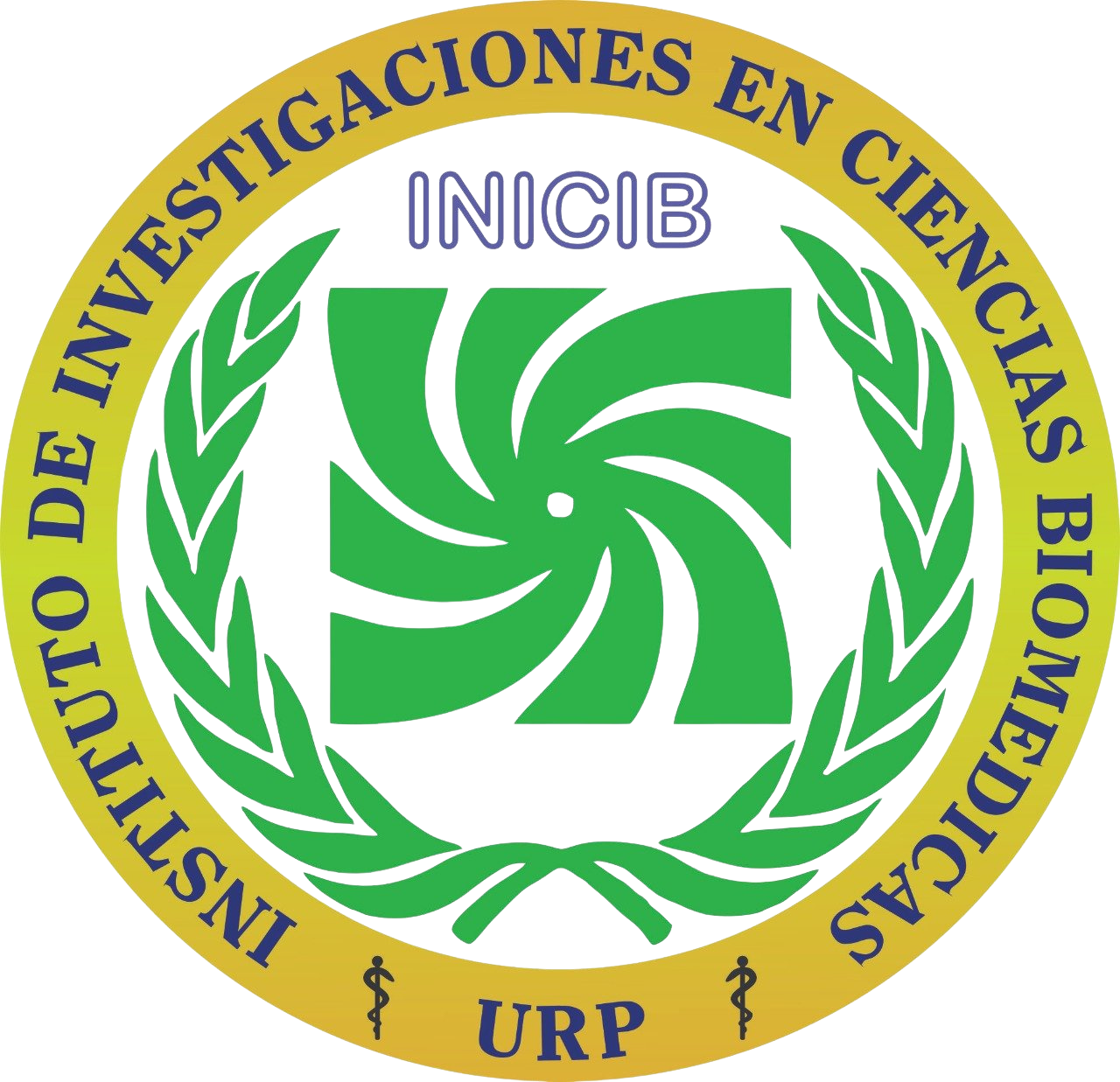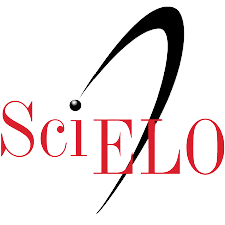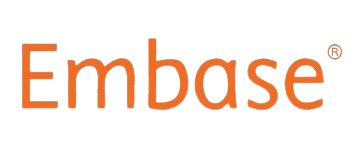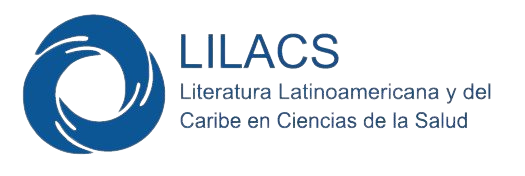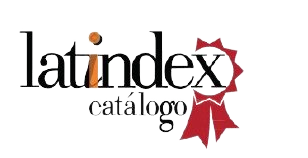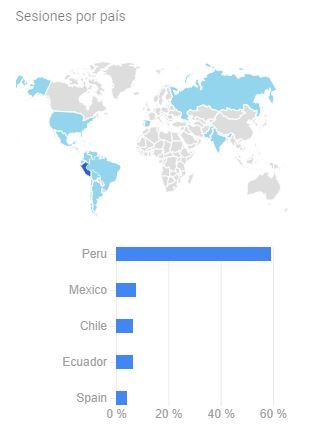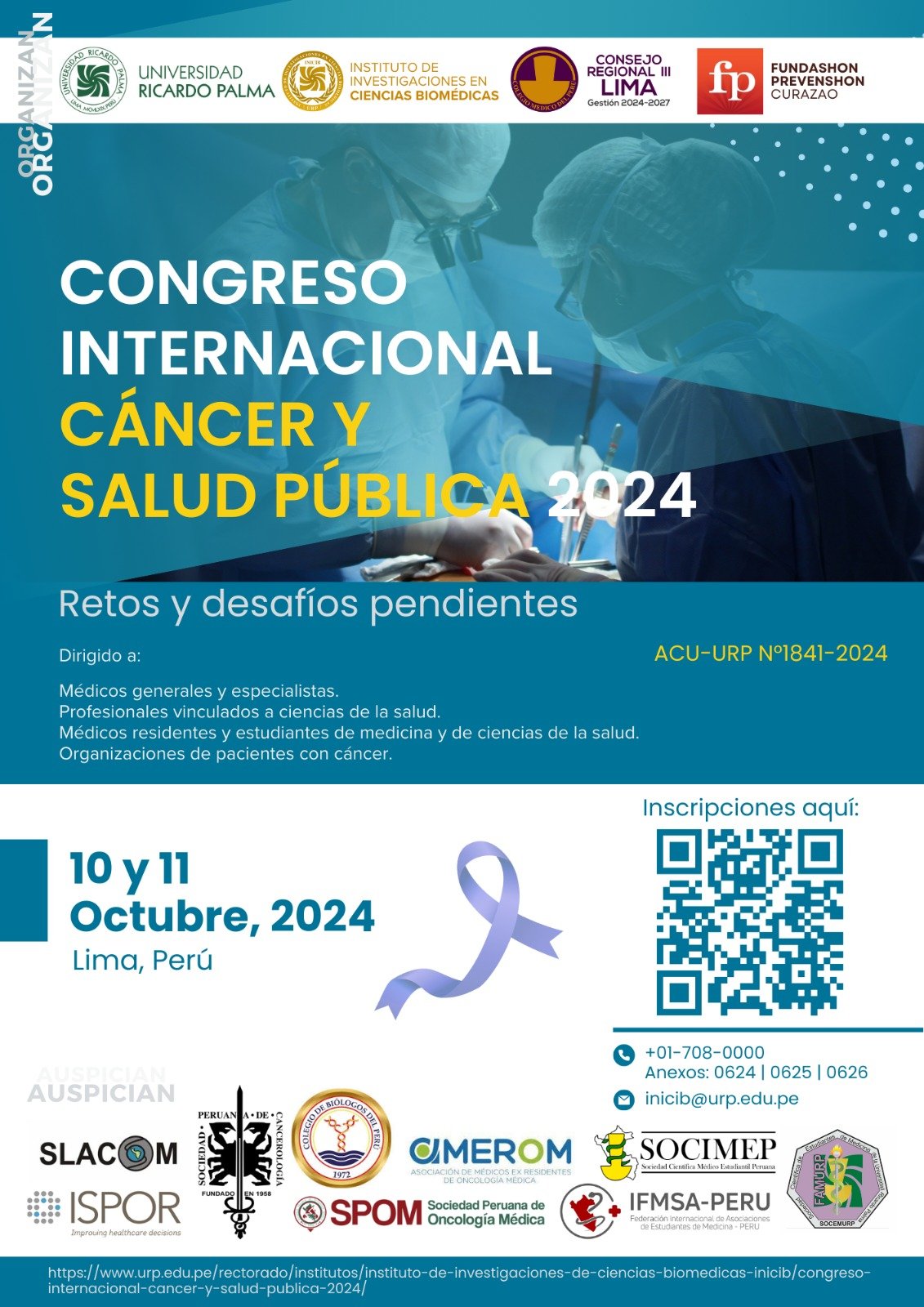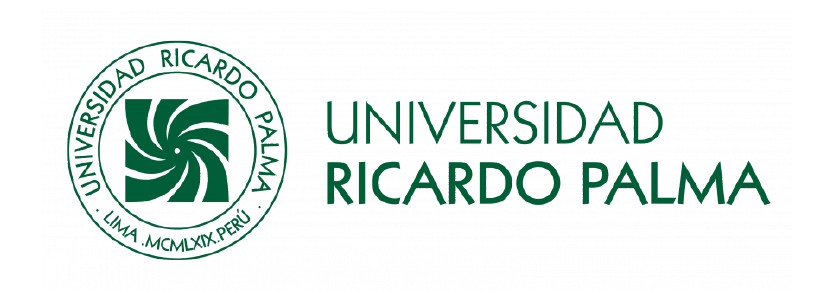Cytogenetic findings and maternal age in patients with Down syndrome in a pediatric referral hospital from Peru
Hallazgos citogenéticos y edad materna en pacientes con Síndrome Down en un hospital de referencia pediátrico en el Perú
DOI:
https://doi.org/10.25176/RFMH.v23i3.5503Keywords:
Down syndrome, cytogenetic analysis, maternal age, pediatricsAbstract
Introduction: Down syndrome is a congenital disorder caused by a total or partial trisomy of chromosome 21 and is considered the most common genetic cause of congenital malformations and intellectual disability. The objective of this study was to describe the cytogenetic alterations of patients with Down syndrome and their relationship with maternal age.
Methods: Cross-sectional, descriptive-analytical study. 436 patients with Down syndrome admitted to the Instituto Nacional de Salud del Niño during the 2017-2019 period were included. The variables analyzed were: cytogenetic diagnosis and maternal age.
Results: It was found that 99,3% (n=433) of patients presented some type of cytogenetic alteration and three patients presented a normal karyotype. The age of the patients at the time of sampling was between 0,03 and 17 years, the male/female ratio was 1.2:1. The most frequent cytogenetic alteration was free trisomy 21 (94,7%), followed by Robertsonian translocation (n=16) and mosaicism (n=6). In the case of maternal age, a median of 37 years was found (range: 13-47).
Conclusions: Free trisomy 21 is the most common cytogenetic condition in Down syndrome; however, the Robertsonian translocation and mosaicisms were more frequent in patients whose mothers were les than 35 years old, suggesting that there are other risk factors than advanced maternal age in this group.
Keywords: Down syndrome, cytogenetic analysis, maternal age, pediatrics.
Downloads
References
Díaz-Cuéllar S, Yokoyama-Rebollar E, Del Castllo-Ruiz V. Genomics of down syndrome. Acta Pediatr Mex. 2016;37(5):289–96. Disponible en: https://www.scielo.org.mx/scielo.php?script=sci_arttext&pid=S0186-23912016000500289
González-Herrera L, Pinto-escalante D, Ceballos-Quintal JM. Prevalencia de mosaicos en 100 individuos con diagnóstico de Síndrome de Down. Biomedica. 1998;9(4):214–22. Disponible en: https://www.scielo.org.mx/scielo.php?script=sci_arttext&pid=S1665-11462013000100007
United Nations. Down Syndrome [Internet]. [cited 2022 Aug 24]. Disponible en: https://www.un.org/en/observances/down-syndrome-day#:~:text=The estimated incidence of Down,born with this chromosome disorder.
Cocchi G, Gualdi S, Bower C, Halliday J, et al. International trends of Down syndrome 1993-2004: Births in relation to maternal age and terminations of pregnancies. Birth Defects Res Part A - Clin Mol Teratol. 2010;88(6):474–9. Disponible en: https://pubmed.ncbi.nlm.nih.gov/20589916/
Julio Nazer H, Lucía Cifuentes O. Estudio epidemiológico global del síndrome de down. Rev Chil Pediatr. 2011;82(2):105–12. Disponible en: https://www.scielo.cl/scielo.php?script=sci_arttext&pid=S0370-41062011000200004
Kaminker P. Síndrome de Down. Primera parte: enfoque clínico-genético. Arch Argentina Pediatr [Internet]. 2008;106(3):249–59. Disponible en: http://www.scielo.org.ar/pdf/aap/v106n3/v106n3a11.pdf
El-Gilany AH, Yahia S, Shoker M, El-Dahtory F. Cytogenetic and comorbidity profile of down syndrome in Mansoura university children’s hospital, Egypt. Indian J Hum Genet. 2011;17(3):157–63. Disponible en: https://pubmed.ncbi.nlm.nih.gov/22345986/
Garduño-Zarazúa LM, Giammatteo L, Kofman-Epstein S, Cervantes AB. Prevalencia de mosaisismo para la trisomia y analisis de las variantes citogeneticas en pacientes con diagnosticode sindrome de Down. Revision de 24 años (1986-2010) del Servisio de Genetica del Hospital General de Mexico “Dr. Eduardo Liceaga.” Bol Med Hosp Infant [Internet]. 2013;70(1):31–6. Disponible en: http://www.scielo.org.mx/scielo.php?script=sci_arttext&pid=S1665-11462013000100007
Belmokhtar F, Belmokhtar R, Kerfouf A. Cytogenetic study of down syndrome in Algeria: Report and review. J Med Sci. 2016;36(2):46–52. Disponible en: https://www.jmedscindmc.com/article.asp?issn=1011-4564;year=2016;volume=36;issue=2;spage=46;epage=52;aulast=Belmokhtar
Staples AJ, Sutherland GR, Haan EA, Clisby S. Epidemiology of Down syndrome in South Australia, 1960-89. Am J Hum Genet. 1991;49(5):1014–24. Disponible en: https://www.ncbi.nlm.nih.gov/pmc/articles/PMC1683237/
Nigam N, Tripathi S, Agrawal M, Singh PK, et al. Cytogenetic Analysis of Down Syndrome Patients in Eastern Uttar Pradesh. Int J Contemp Med Res [IJCMR]. 2019;6(10):1–5. Disponible en: https://www.ijcmr.com/uploads/7/7/4/6/77464738/ijcmr_2771_v3.pdf
Sharath K, Asha KR, Prabha Subhash L, Kadandale JS. Cytogenetic, epidemiological and clinical profile of children with Down syndrome in Karnataka. J Anat Soc India [Internet]. 2018;67(2):133–8. Disponible en: https://doi.org/10.1016/j.jasi.2018.11.001
Flores-Ramírez F, Palacios-Guerrero C, García-Delgado C, Morales-Jiménez AB, et al. Cytogenetic Profile in 1,921 Cases of Trisomy 21 Syndrome. Arch Med Res. 2015;46(6):484–9. Disponible en: https://pubmed.ncbi.nlm.nih.gov/26314225/
Kolgeci S, Kolgeci J, Azemi M, ShalaBeqiraj R, et al. Cytogenetic Study in Children with Down Syndrome Among Kosova Albanian Population Between 2000 and 2010. Mater Socio Medica. 2013;25(2):131. Disponible en: https://www.ncbi.nlm.nih.gov/pmc/articles/PMC3769083/
Manassero G. Guía De Práctica Clínica Del Síndrome Down. Rev la Fac Med Humana. 2016;16(1). Disponible en: https://revistas.urp.edu.pe/index.php/RFMH/article/view/338/6034
CONADIS. Informe Temático N° 2 Síndrome de Down en el Perú. Obs Nac La Discapac [Internet]. 2016;8:1–8. Disponible en: https://www.conadisperu.gob.pe/observatorio/images/articulos/pdf/Down_Observatorio_Marzo22_2016_final.pdf
Mansilla M. “Universidad Nacional del Altiplano” “. 2014; Disponible en: http://repositorio.unap.edu.pe/handle/UNAP/2188
Sotonica M, Mackic-Djurovic M, Hasic S, et al. Association of Parental Age and the Type of Down Syndrome on the Territory of Bosnia and Herzegovina. Med Arch (Sarajevo, Bosnia Herzegovina). 2016;70(2):88–91. Disponible en: https://pubmed.ncbi.nlm.nih.gov/27147778/
Antonarakis SE, Petersen MB, McInnis MG, Adelsberger PA, et al. The meiotic stage of nondisjunction in trisomy 21: Determination by using DNA polymorphisms. Am J Hum Genet. 1992;50(3):544–50. Disponible en: https://pubmed.ncbi.nlm.nih.gov/1347192/
Cala O. Caracterización del Síndrome de Down en la población pediátrica. Rev Ciencias Médicas Pinar del Río. 2013;17(4):33–43. Disponible en: http://scielo.sld.cu/scielo.php?pid=S1561-31942013000400005&script=sci_abstract
Shaffer LG, Jackson-Cook CK, Stasiowski BA, Spence JE, et al. Parental origin determination in thirty de novo Robertsonian translocations. Am J Med Genet. 1992;43(6):957–63. Disponible en: https://pubmed.ncbi.nlm.nih.gov/1357969/
Kato T, Inagaki H, Yamada K, Kogo H, et al. Genetic Variation Affects de Novo Translocation Frequency. Science. 2006;311(5763). Disponible en: https://pubmed.ncbi.nlm.nih.gov/16484486/
Cruz E, Liñan A, Prötzel A, Mayorga G, et al. Incidencia y patologias asociadas del Síndrome Down en recién nacidos. Rev Med basadrina. 2015;9(1):15–9. Disponible en: https://revistas.unjbg.edu.pe/index.php/rmb/article/view/572
Chandra N, Cyril C, Lakshminarayana P, Nallasivam P, et al. Cytogenetic evaluation of down syndrome: A review of 1020 referral cases. Int J Hum Genet. 2010;10(1–3):87–93. Disponible en: https://www.tandfonline.com/doi/abs/10.1080/09723757.2010.11886090
Modi D, Berde P, Bhartiya D. Down syndrome: A study of chromosomal mosaicism. Reprod Biomed Online. 2003;6(4):499–503. Disponible en: https://pubmed.ncbi.nlm.nih.gov/12831601/
Hook EB. Exclusion of chromosomal mosaicism: tables of 90%, 95%, and 99% confidence limits and comments on use. Am J Hum Genet. 1977;29(1):94–7. Disponible en: https://www.ncbi.nlm.nih.gov/pmc/articles/PMC1685228/
Papavassiliou P, York TP, Gursoy N, Hill G, et al. The phenotype of persons having mosaicism for trisomy 21/down syndrome reflects the percentage of trisomic cells present in different tissues. Am J Med Genet Part A. 2009;149(4):573–83. Disponible en: https://pubmed.ncbi.nlm.nih.gov/19291777/
Moncada WA, Perdomo ES, Rivera AY, Espinoza‐Moreno NA, et al. Multi‐tissue cytogenetic analysis for the diagnosis of mosaic Down syndrome: A case report. Clin Case Reports. 2022;10(4):1–7. Disponible en: https://pubmed.ncbi.nlm.nih.gov/35425598/
Papavassiliou P, Charalsawadi C, Rafferty K, Jackson-Cook C. Mosaicism for trisomy 21: A review. Am J Med Genet Part A. 2015;167(1):26–39. Disponible en: https://pubmed.ncbi.nlm.nih.gov/25412855/
Sherman SL, Allen EG, Bean LH, Freeman SB. Epidemiology of Down Syndrome. Ment Retard Dev Disabil Res Rev. 2007;13:221–7. Disponible en: https://pubmed.ncbi.nlm.nih.gov/17910090/
Kothare S, Shetty N, Dave U, Kothare S, et al. Maternal Age and Chromosomal Profile in 160 Down Syndrome Cases – Experience of a Tertiary Genetic Centre from India. IJHG. 2002;2(1):49-53. Disponible en: https://www.tandfonline.com/doi/abs/10.1080/09723757.2002.11885784
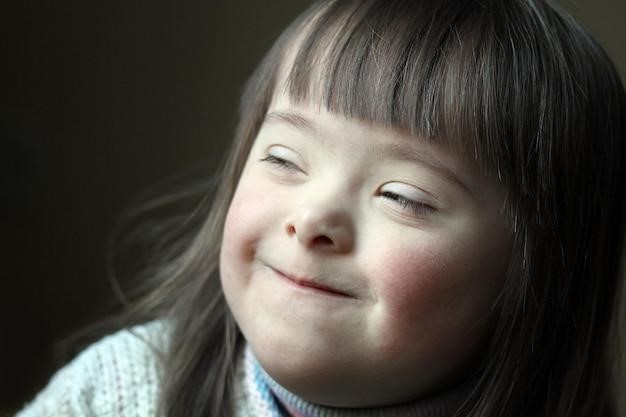
Downloads
Published
How to Cite
Issue
Section
License
Copyright (c) 2023 Revista de la Facultad de Medicina Humana

This work is licensed under a Creative Commons Attribution 4.0 International License.


